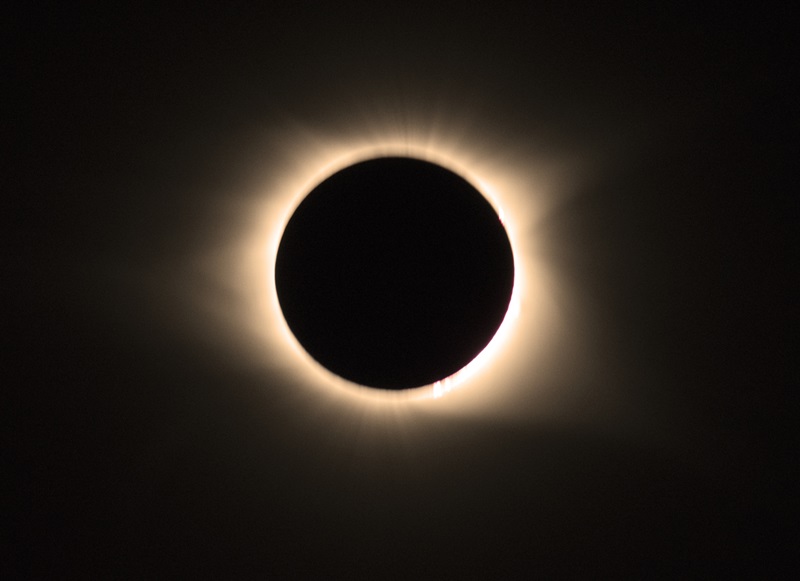How the total solar eclipse could affect auto claims

With a total solar eclipse set to pass over parts of Canada in less than two weeks, researchers at Toronto’s Sunnybrook Research Institute are warning about a possible surge in traffic fatalities.
The rare celestial event will unfold over Canada, the United States and Mexico on the afternoon of Apr. 8 as the Moon aligns perfectly between the Earth and Sun. In Canada, the solar eclipse’s path of totality will pass through several cities and towns in Ontario, Quebec, New Brunswick, Nova Scotia, Prince Edward Island and Newfoundland, plunging them into darkness for a few minutes, the Canadian Space Agency reports.
The eclipse will be within driving range for more than 200 million people in Canada and the U.S., says a press release from the Sunnybrook Research Institute, one of Canada’s Top 10 research hospitals.
Researchers have noted the last total solar eclipse in the U.S. in 2017 was associated with an increase in fatal crashes.
“We found a significant increase in traffic risk in the U.S. around the time of the total eclipse, averaging to one extra vehicle crash every 25 minutes and one extra crash fatality every 95 minutes,” says Dr. Donald Redelmeier, lead study investigator and a senior scientist in the Tory Trauma Research Program at Sunnybrook Research Institute.
“The total amounted to 46 extra deaths linked to the eclipse,” he says. “These increases are similar in magnitude to the increased traffic risks observed around Thanksgiving.”
Published as a research letter on Mar. 25 in JAMA Internal Medicine (the Journal of the American Medical Association), the researchers suggest the increased risks are difficult to attribute to changes in light.
“Instead, the findings likely derive from increased traffic, travel on unfamiliar routes, speeding to arrive on time, driver distraction by a celestial event, drug-or-alcohol- impairment from related celebrations, or eclipse viewing from unsafe roadside locations,” says Redelmeier.
Researchers obtained data from the National Highway Traffic Safety Administration’s Fatality Analysis Reporting System, a registry of fatal traffic crashes on U.S. public roads. They focused on the three days centred on the day of the last eclipse — Aug. 21, 2017 — reasoning that a substantial amount of eclipse-related travel occurred on adjacent days. Researchers used an official U.S. Navy calculator to categorize crash timing relative to the moment of maximal eclipse based on location latitude and longitude.
A total of 1,878 individuals were involved, 741 of whom were in fatal crashes over the three-day eclipse exposure interval (10.3 per hour) and 1,137 were in fatal crashes over the six control days (7.9 per hour). “This corresponded to a 31% increase in traffic risks around the time of the eclipse.”
Almost all traffic fatalities can be prevented by small changes in behaviour and community awareness, the research institute says.
To help prevent another possible surge in traffic fatalities, clinicians might advise patients to respect speed limits, minimize distractions, allow more headway, wear a seat belt and never drive impaired, says Dr. John Staples, co-investigator of the study and a clinical associate professor in the Department of Medicine at the University of British Columbia.
“More broadly, stakeholders should work toward a transportation system that minimizes traffic risks [and] tolerates human error and optimized recovery after a crash,” adds Redelmeier. “These population-based interventions may prevent eclipse-related fatalities and potentially save lives throughout the year.”
Feature image by iStock.com/Robert Michaud







